What is Redox Potential (ORP)?
- Categories:News
- Author:
- Origin:
- Time of issue:2021-11-04
- Views:0
(Summary description)It is the difference between the redox potential of the indicator electrode and the redox potential of the comparison electrode in the liquid, which can give a comprehensive indicator of the redox state of the entire system.
What is Redox Potential (ORP)?
(Summary description)It is the difference between the redox potential of the indicator electrode and the redox potential of the comparison electrode in the liquid, which can give a comprehensive indicator of the redox state of the entire system.
- Categories:News
- Author:
- Origin:
- Time of issue:2021-11-04
- Views:0
1. The concept of
ORP The full English name of ORP is oxidation-reduction potential, which translates to oxidation-reduction potential.
It is the difference between the redox potential of the indicator electrode and the redox potential of the comparison electrode in the liquid, which can give a comprehensive indicator of the redox state of the entire system.
· If the ORP value is low, it indicates that the content of reducing substances or organic pollutants in the wastewater treatment system is high, the dissolved oxygen concentration is low, and the reducing environment is dominant.
If the ORP value is high, it indicates that the concentration of organic pollutants in the wastewater is low, the concentration of dissolved oxygen or oxidizing substances is high, and the oxidizing environment is dominant.
Traditional redox water treatment technology has shortcomings such as inaccurate control conditions, waste of chemicals, and unfriendly environment. However, with ORP measuring instruments and ORP electrical signals as detection and control methods, the precise control of redox water treatment technology can be greatly improved level, thereby improving the processing effect.
The detection principle is similar to that of pH. Many pH online detection instruments have a two-channel detection method, among which there is a channel for ORP detection.
All in all, ORP is an important direction for the development of automatic control technology and anaerobic precise control in sewage treatment plants, and is of great significance for saving energy, controlling the metabolic pathways of anaerobic microorganisms, and improving the treatment effect.
2. Difficulties and influencing factors of ORP
Since there are many redox reactions in wastewater treatment, and the factors affecting ORO in each reactor are not the same, it is difficult to judge which factors are the main changes in ORP. caused.
For example, there are many organic substances in the activated sludge treatment system. Large changes in the concentration of organic substances cause small changes in ORP, but it is difficult to judge which organic substances are mainly caused by changes in ORP.
Therefore, before studying the indication effect of ORP change on sewage treatment, it is necessary to understand the factors that affect its change.
1. Dissolved Oxygen (DO)
As we all know, DO represents the content of oxygen dissolved in water. In an aerobic pool, DO should be controlled at 2 mg/l at the outlet, and 4 mg/l if it is pure oxygen aeration. Anoxic denitrification tank DO should be 0.5mg/l. In the anaerobic tank, molecular oxygen is basically absent, and nitrate nitrogen is preferably less than 0.2 mg/l.
As an oxidant in wastewater treatment, DO is the most direct cause of the increase of system ORP. In pure water, ORP has a linear relationship with the logarithm of DO, and ORP increases with increasing DO.
2. pH
In wastewater treatment, pH value is an important control factor. The optimum growth pH of aerobic microorganisms and fermentative acid-producing bacteria was 6.5-8.5, and the optimum pH of anaerobic methanogens was 6.8-7.2. In order to control the appropriate pH value, it is generally controlled by adding alkali.
The metabolic activity of microbial pollutants has a great impact on pH value. In the acid-producing stage, acid-producing bacteria decompose macromolecular organic matter to produce fatty acids and carbon dioxide, which can reduce the pH value, but the production of ammonia in the process of protein decomposition can increase the pH value. In the methanogenesis stage, methanogens use acetic acid to produce methane, which can increase the pH value of the system.
The pH value is an important factor causing the rise and fall of ORP. The higher the pH value, the lower the ORP; the lower the pH value, the higher the ORP.
It is worth mentioning that although there is a certain correlation between pH and ORP in sewage, since ORP is also affected by microbial activities, dissolved oxygen and other factors, the correlation between pH and ORP is not as strong as that in pure water.
3. Temperature
In the process of wastewater treatment, temperature is a very important indicator. Aerobic microorganisms are active at 15 to 30 °C, and the optimal temperature of anaerobic microorganisms is around 35 °C and around 55 °C.
In the process of anaerobic wastewater treatment, the change of temperature has an important impact on the composition and proliferation of microorganisms, the rate of methane production, and the sedimentation performance of sludge. In the past, the temperature of the wastewater was generally adjusted to 35°C or 55°C by means of cooling tower cooling and steam heating.
Research practice shows that the higher the solution temperature, the lower the ORP of the solution; in the process of wastewater treatment, the effect of temperature is also the same. In addition, the higher the temperature of the water treatment process, the lower the ORP, which is also related to the smaller water molecule clusters caused by the increase in temperature.
In addition, changes in temperature can also lead to changes in pH, gas solubility, biological activity, and the interphase balance of water pollutants, thereby affecting ORP.
4. The composition of microorganisms
There is a unique ecosystem in the wastewater biological treatment system.
In the two-phase anaerobic bioreactor, the effective separation of acid-producing bacteria and methanogenic bacteria is realized, which is convenient for system control and management. In the UASB dominated by flocculent mud, acid-producing bacteria and methanogenic bacteria were screened in turn along the water flow direction. In anaerobic granular sludge and anaerobic biofilm, the dominant bacterial species changed from acid-producing bacteria to methanogenic bacteria from the outside to the inside.
In the anaerobic reaction system, the DO concentration and ORP must be controlled very low, especially in the methane production stage, the redox potential cannot be higher than -330mV.
However, under the action of this unique ecosystem, through the synergy and symbiosis between aerobic microorganisms, facultative microorganisms, and anaerobic microorganisms, the ORP of the system quickly decreases. to the range suitable for the growth of methanogens. This phenomenon of low redox potential exists not only in anaerobic reactors, but also in flocculent sludge in aeration tanks.
5. The activity of microbial active
anaerobic activated sludge can be expressed by the maximum specific methane production rate and the maximum specific COD removal rate. The activity of aerobic activated sludge can also be represented by the maximum specific COD removal rate.
The higher the activity of microorganisms, the faster the rate of oxygen consumption and the production of reducing substances, and the faster the reduction of ORP.
As a comprehensive index reflecting the macroscopic redox properties of water bodies, ORP has many types of influencing factors. In addition to the above-mentioned main influencing factors, there are also factors such as pressure, organic matter, solid matter, and microbial species.
These factors are not isolated, they influence and restrict each other. Therefore, the redox property of water is also the result of the combined action of many factors.
3. The application of ORP in sewage treatment
Earlier, redox potential was mainly used in the treatment of industrial wastewater, especially in the treatment of some wastewater generated in metal finishing, and later it was gradually widely used in municipal sewage treatment plants .
There are many kinds of variable valence ions and dissolved oxygen in the sewage system, that is, many redox pairs. Through the ORP online monitoring instrument, the redox potential in the sewage can be detected in a very short time, without the need for sampling and measurement in the laboratory, which can greatly shorten the testing process and improve the work efficiency.
Important redox reactions in sewage treatment systems include biodegradation of carbon, nitrogen, phosphorus and other organic pollutants, hydrolysis and acidification of organic matter, nitrification and denitrification reactions, biological anaerobic phosphorus release, aerobic phosphorus absorption, etc. .
1. At each stage of sewage treatment, the oxidation-reduction potential required by microorganisms is different.
Generally, aerobic microorganisms can grow above +100mV, and the most suitable range is +300~+400mV; facultative anaerobic microorganisms are aerobic above +100mV. Respiration, anaerobic respiration is carried out when it is below +100mV; the requirement for obligate anaerobic bacteria is -200~-250mV, and the requirement for obligate anaerobic methanogens is -300~-400mV, and the optimum is -330mV.
The normal redox environment in the aerobic activated sludge system is between +200 and +600mV. The suitable ORP value range for common reaction processes in sewage biochemical treatment is shown in the following table:

2. As a control strategy in aerobic biological treatment, anoxic biological treatment and anaerobic biological treatment
By monitoring and managing the ORP of sewage, managers can artificially control the occurrence of biological reactions. By changing the environmental conditions in which the process operates, such as:
Increase the amount of aeration to increase the dissolved oxygen concentration
· Adding oxidizing substances and other measures to increase the redox potential
Reduce the amount of aeration to reduce the dissolved oxygen concentration
· Adding carbon sources and reducing substances reduces the redox potential, thereby promoting or preventing the reaction.
Therefore, managers can achieve better treatment effects by using ORP as a control parameter in aerobic biological treatment, anoxic biological treatment and anaerobic biological treatment.
Aerobic biological treatment:
ORP has a good correlation with COD removal and nitrification. Controlling the amount of aerobic aeration through ORP can avoid insufficient or excessive aeration time and ensure the quality of the treated effluent.
Anoxic biological treatment:
There is a certain correlation between ORP and the nitrogen concentration in the denitrification state in the anoxic biological treatment process, which can be used as a criterion for judging whether the denitrification process is over. Relevant practice shows that in the process of denitrification and denitrification, when the derivative of ORP to time is less than -5, the reaction is more complete. The effluent contains nitrate nitrogen, which can prevent the production of various toxic and harmful substances, such as hydrogen sulfide.
Anaerobic biological treatment:
During the anaerobic reaction, when reducing substances are produced, the ORP value will decrease; on the contrary, when the reducing substances are reduced, the ORP value will increase and tend to be stable for a certain period of time.
All in all, for the aerobic biological treatment of sewage treatment plants, ORP has a good correlation with the biodegradation of COD and BOD, and ORP and nitrification.
For the anoxic biological treatment, there is a certain correlation between the ORP and the nitrate nitrogen concentration in the denitrification state in the anoxic biological treatment process, which can be used as a criterion for judging whether the denitrification process is over.
3. Control the treatment effect of the phosphorus removal process section and improve the phosphorus removal effect.
There are two steps for biological phosphorus removal and phosphorus removal:
· First, in the release stage of phosphorus under anaerobic environment, the fermentation bacteria produce fatty acids under the condition of -100~-225mV in ORP, and the fatty acids are absorbed by the phosphorus accumulating bacteria, and at the same time release phosphorus into the water body.
The second is that the phosphorus accumulating bacteria in the aerobic tank begin to degrade the fatty acids absorbed in the previous stage and convert ATP into ADP to obtain energy. The storage of this energy requires the adsorption of excess phosphorus from water. The reaction of phosphorus adsorption requires the ORP in the aerobic tank to be Between +25~+250mV, the storage of biological phosphorus removal can take place.
Therefore, the staff can control the treatment effect of the phosphorus removal process section through ORP, and improve the phosphorus removal effect.
When workers do not want denitrification or nitrite accumulation during a nitrification process, ORP values above +50mV must be maintained. In the same way that managers prevent the generation of odor (H2S) in the sewer system, managers must maintain an ORP value in the pipeline exceeding -50mV to prevent the formation and reaction of sulfides.
4. Adjust the aeration time and aeration intensity of the process to save energy and reduce consumption
. In addition, the staff can also use the significant correlation between ORP and dissolved oxygen in water to adjust the aeration time and aeration intensity of the process through ORP. While meeting the biological reaction conditions, the purpose of saving energy and reducing consumption is achieved.
To sum up, the ORP detection method is simple, the equipment price is low, the measurement accuracy is high, and the detection data is displayed in real time.
Through the ORP online detection, the staff can quickly grasp the information of the sewage purification reaction process and water pollution status according to the real-time feedback information, so as to realize the refined management of the sewage treatment process and the efficient management of the water environment quality.
However, as mentioned above, in wastewater treatment, many redox reactions occur, and the factors affecting ORP in each reactor are also different.
Therefore, in sewage treatment, the staff need to further study the relationship between dissolved oxygen, pH, temperature, salinity and other factors in water and ORP according to the actual situation of the sewage treatment plant, and establish ORP control parameters suitable for different water bodies.
Scan the QR code to read on your phone
-- Recommend --












Shijiazhuang Tianwang Environmental Protection Technology Co., Ltd.
Shijiazhuang Tianwang Environmental Protection Technology Co., Ltd. is a high-tech enterprise specializing in the research and development, manufacturing and sales of water treatment equipment.
Contact information
Production address: No. 9, Fengchan Road, Economic and Technological Development Zone, Shijiazhuang City
Office Address: 25th Floor, Block C, No. 310 Changjiang Avenue, Shijiazhuang High-tech Development Zone
Contact number:
Copyright ©2022 Shijiazhuang Tianwang Environmental Protection Technology Co., Ltd. 冀ICP备13019843号-1 Powered by 300.cn SEO
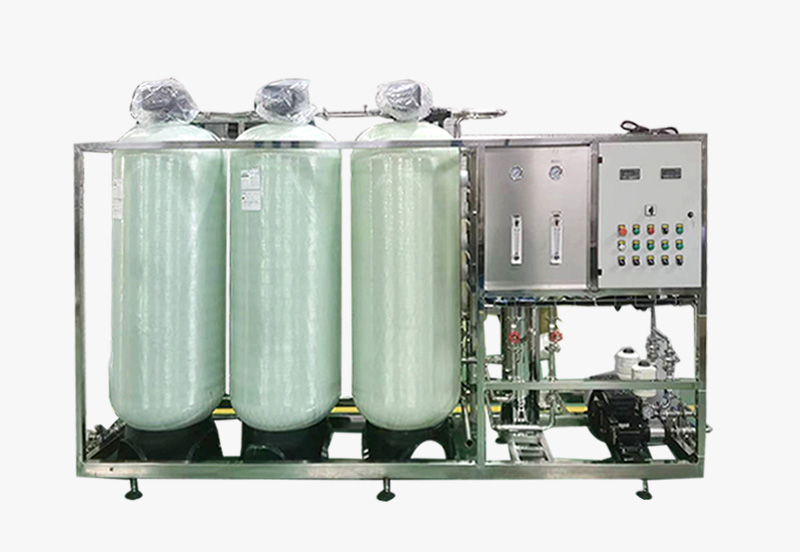
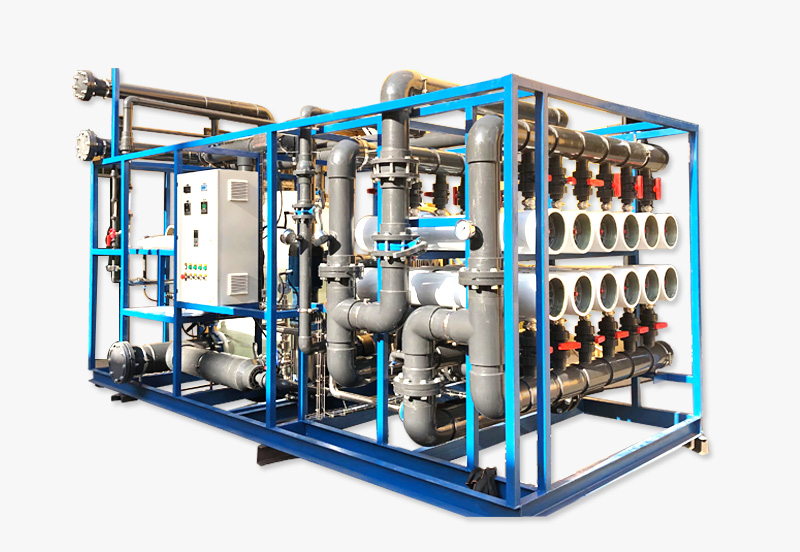
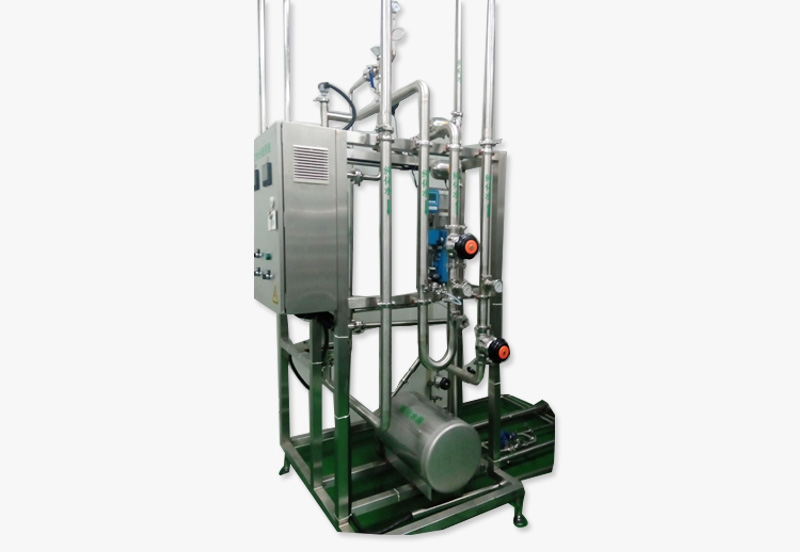
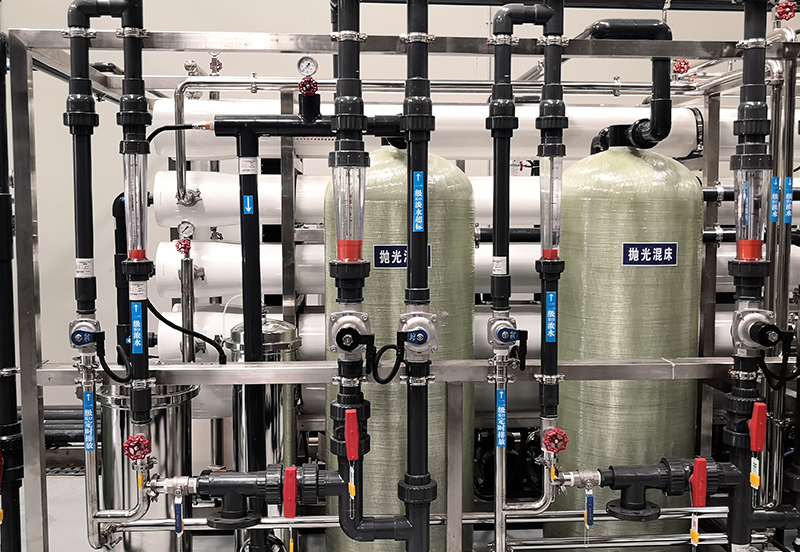
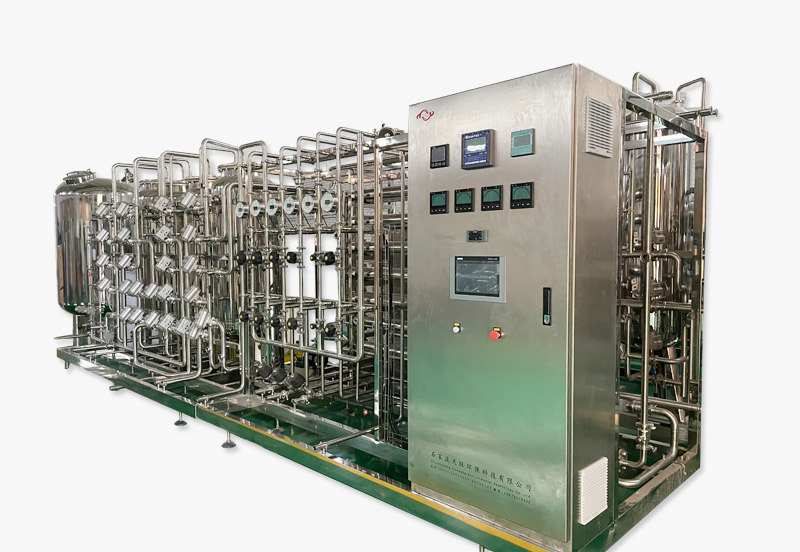
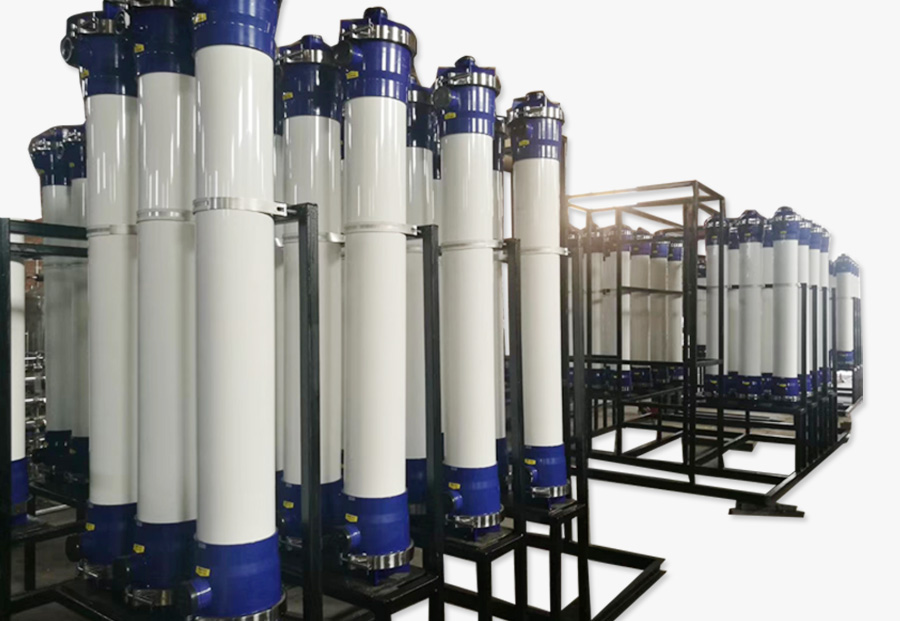

 0311-89272359
0311-89272359


 Message
Message
 Message
Message
